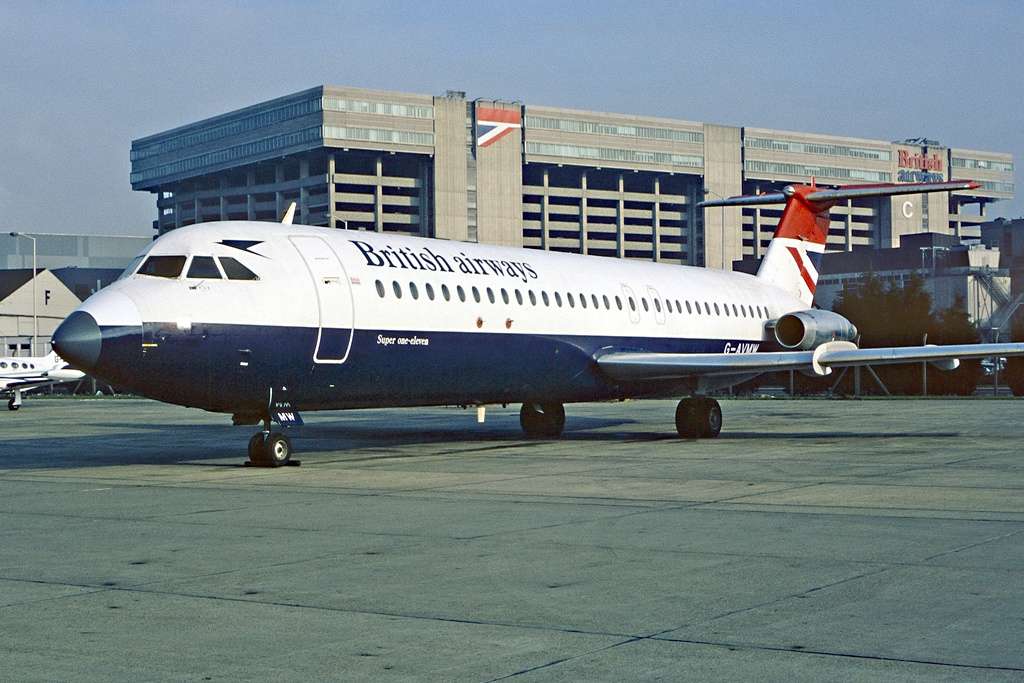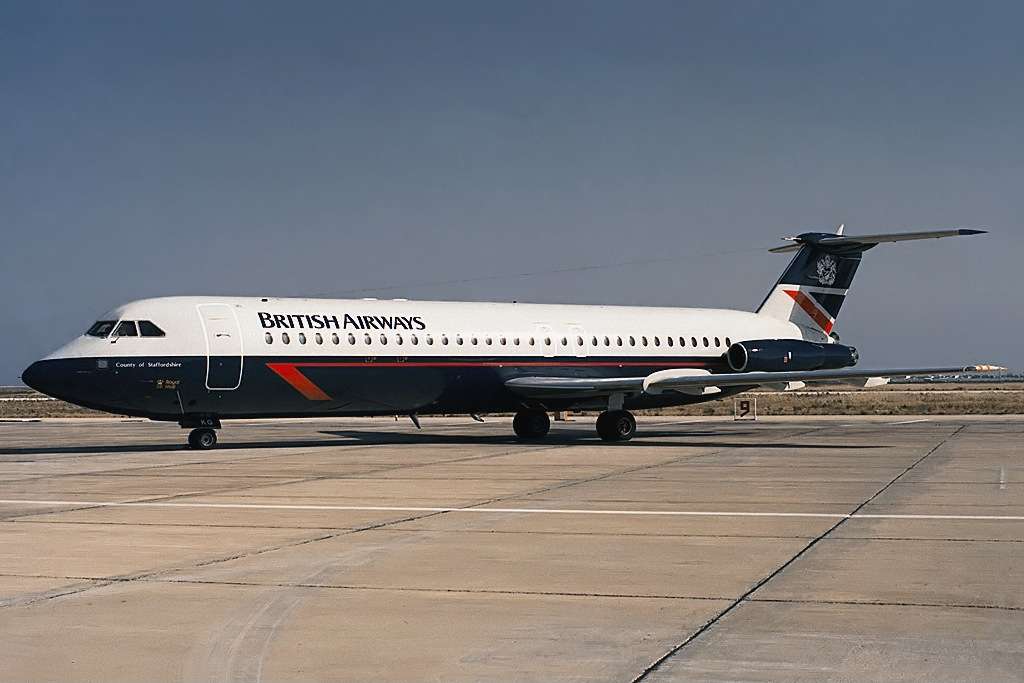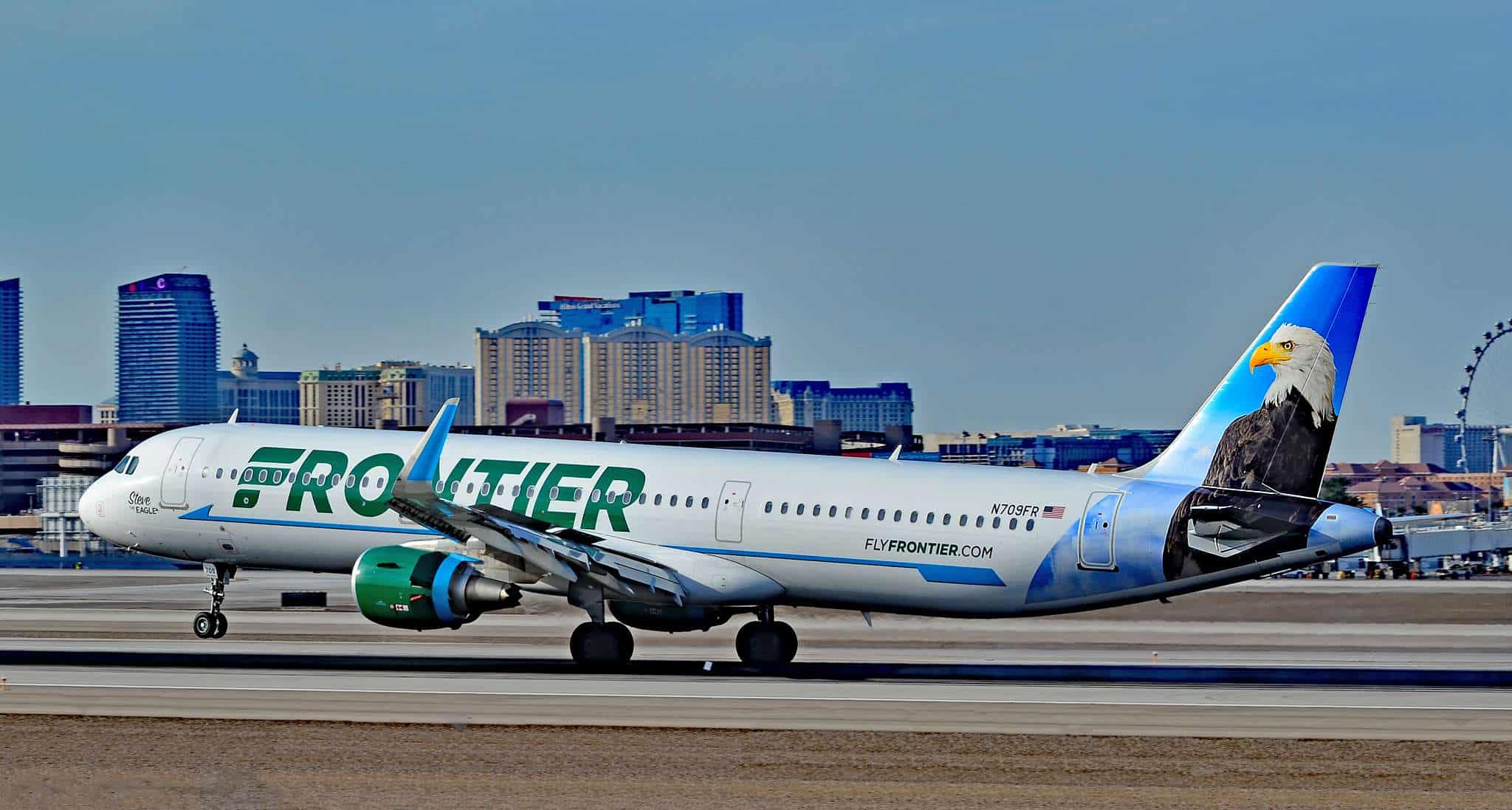Commercial aviation boasts a remarkable safety record, but even the most meticulous industry can’t eliminate every risk. British Airways Flight 5390, a seemingly ordinary trip from Birmingham to Malaga in 1990, stands as a testament to both human error and extraordinary heroism.
The incident, which unfolded at a cruising altitude of 17,300 feet, is a chilling reminder of the fragility of flight and the remarkable resilience of the human spirit.
A Flaw in the Fuselage: The Cause of the Decompression
On June 10, 1990, British Airways Flight 5390, a BAC One-Eleven piloted by Captain Timothy Lancaster and First Officer Nigel Ogden, took off from Birmingham Airport.
Just 13 minutes into the flight, as the aircraft soared over Didcot, Oxfordshire, disaster struck.
An explosive decompression ripped through the cockpit. The culprit: a faulty windscreen panel.
Furthermore, investigations revealed a series of unfortunate events leading to the near-tragedy.
During previous maintenance, a windscreen panel on Captain Lancaster’s side had been improperly secured with a limited number of screws, failing to meet safety standards.
This oversight created a critical weakness.
At high altitude, the pressure differential caused the panel to detach with a deafening bang.
A Pilot Holds On: A Desperate Struggle for Survival

The consequences were immediate and horrifying.
The decompression caused a loss of cabin pressure and exposed the cockpit to the extreme -40°C temperatures and hurricane-force winds present at cruising altitude.
Captain Lancaster, who was not strapped in at the time, was partially sucked out of the aircraft.
Held precariously by his upper torso through the shattered window frame, he was in grave danger.
Despite the unimaginable situation, Captain Lancaster displayed remarkable composure.
He fought to maintain his grip on the aircraft while battling the brutal wind and the debilitating effects of hypoxia – oxygen deprivation.
First Officer Ogden, with remarkable calmness under pressure, took control of the aircraft and initiated a rapid descent to a breathable altitude.
A Daring Emergency Landing: Bringing the Plane Back Down

The descent was fraught with danger.
The loss of the windscreen compromised vital instruments, making it difficult for Ogden to control the aircraft.
Additionally, the intense cold and lack of oxygen further hampered his efforts.
Yet, with exceptional skill and determination, Ogden maneuvered the crippled plane towards Southampton Airport, the nearest suitable landing site.
The emergency landing at Southampton was no easy feat.
The damaged aircraft presented significant challenges, and Ogden.
Battling exhaustion and the after-effects of the decompression, he had to rely on his experience.
This also included the assistance of air traffic control to bring the plane down safely.
A Miraculous Outcome: A Day No One Onboard Forgot
British Airways Flight 5390 touched down at Southampton Airport at 8:55 AM, a mere 20 minutes after the decompression.
The ordeal, though terrifying, had a miraculous outcome. All 87 passengers and crew members onboard survived.
Captain Lancaster, despite his harrowing ordeal, sustained only minor injuries, a testament to his incredible resilience.
Aftermath and Legacy: Lessons Learned
Overall, the incident with British Airways Flight 5390 served as a stark reminder of the importance of stringent maintenance procedures in aviation.
The investigation into the accident exposed the flaws in the maintenance practices that led to the faulty windscreen panel.
As a result, stricter regulations and protocols were implemented to ensure the safety of crews and passengers.
Furthermore, the incident highlighted the remarkable skill and bravery of the pilots.
Captain Lancaster’s ability to hold on despite the near-impossible circumstances and First Officer Ogden’s exceptional piloting skills in a crisis became a case study in aviation heroism.
British Airways Flight 5390 stands as a powerful reminder of the thin line between catastrophe and survival.
This is especially the case in the unforgiving environment of high-altitude flight.
It serves as a tribute to the dedication of aviation professionals and the importance of meticulous safety standards in ensuring the skies remain safe for all.

Click the banner to subscribe to our weekly newsleter.

Click the photo to join our WhatsApp channel so then you can stay up to date with everything going on in the aviation industry!





